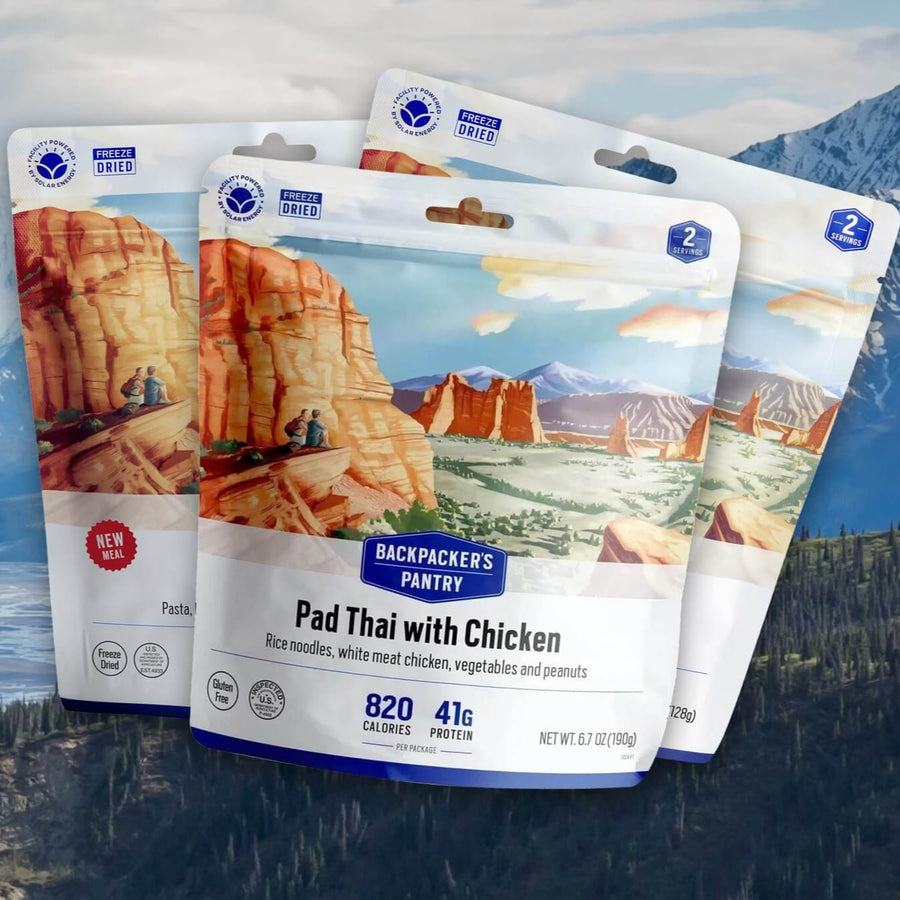Outdoor Gear, Maintenance and Repair

How to Care for Your Outdoor Gear
Spring is a great time to take inventory of your outdoor gear. Here's your guide to extending the life of common outdoor products through proper cleaning, storage and repairs.
Tents
Cleaning: Before you ever break down your tent, shake it out to remove any sharp or abrasive debris. At home, you can do a more thorough cleaning by setting the tent up and scrubbing it with hand soap and warm water. Never put your tent in the washer or scrub it with detergent, since this will damage the protective coating.
Repairs: You can use silicone tent sealer to fix pinhole tears or reinforce seams. If you have any tears in the mesh, you can purchase a mesh repair patch which has an adhesive that lets you fix the tear without a sewing kit. Be sure to clean the fabric with rubbing alcohol first to enhance adhesion.
Storage: Always store your tent clean and flat to preserve its lifespan. You should also try to fold the tent along the seams, where it is least likely to crack.
Hiking Boots
Cleaning: While some backpackers have started wearing synthetic trail shoes, many still swear by leather hiking boots. Keep yours supple and clean by scrubbing away dirt with mild dish soap and an old toothbrush. You should also treat the leather every few months with a leather cleaning solution.
Repairs: If your boots are wetting out, you may be able to fix them by applying a waterproofing agent. If the outsole has started to separate, you can either seek assistance from a local repair shop or, if you'd prefer, try a do-it-yourself adhesive such as Shoe Goo.
Storage: When it's time to store your boots for the season, clean them thoroughly to eliminate any caked-on dirt. If you have removable midsoles, take them out to promote ventilation.
Backpacks
Cleaning: Use a mild hand soap to thoroughly clean sweat from straps and any spills from the inside. If you choose to run the backpack through a front-loading washer, be sure to place it inside a pillowcase to prevent the buckles and straps from getting caught. Let the backpack air dry, since dryers can damage zippers and synthetic materials.
Repairs: A backpack can endure a lot of damage before it requires a full replacement. You can usually find a kit or tool that will allow you to repair failing buckles, broken zippers, torn mesh and fabric tears. If you can't fix an item, see if you can order a replacement part from the gear manufacturer.
Storage: There's not much to storing a backpack; just make sure you've removed anything that might spoil after a few days or weeks.
Sleeping Bags and Down Jackets
Cleaning: If you want to better maintain these items, wash them at least once a year to preserve the loft and warmth-to-weight ratio. Find a front-loading machine without an agitator and wash the bag and jackets in cold water. You can add a few other items to help balance the spinning. It's usually ok to dry these items, as long as you use a low heat to prevent the fabric from melting.
Repairs: Most serious campers and backpackers have a few patches on their jackets and sleeping bags. While you can repair minor damage with patches; good, old-fashioned duct tape works fine too.
Storage: It's generally best to store sleeping bags and down jackets at their highest loft, meaning you shouldn't compress them into tight boxes of storage bags. If you do compress down fillings, it will eventually degrade the loft and cause the material to weaken.
Backpacker's Pantry provides ready-to-eat, lightweight camping food for short hikes, extreme adventures and everything in between. Browse our nutritious, gourmet food for the trail.





